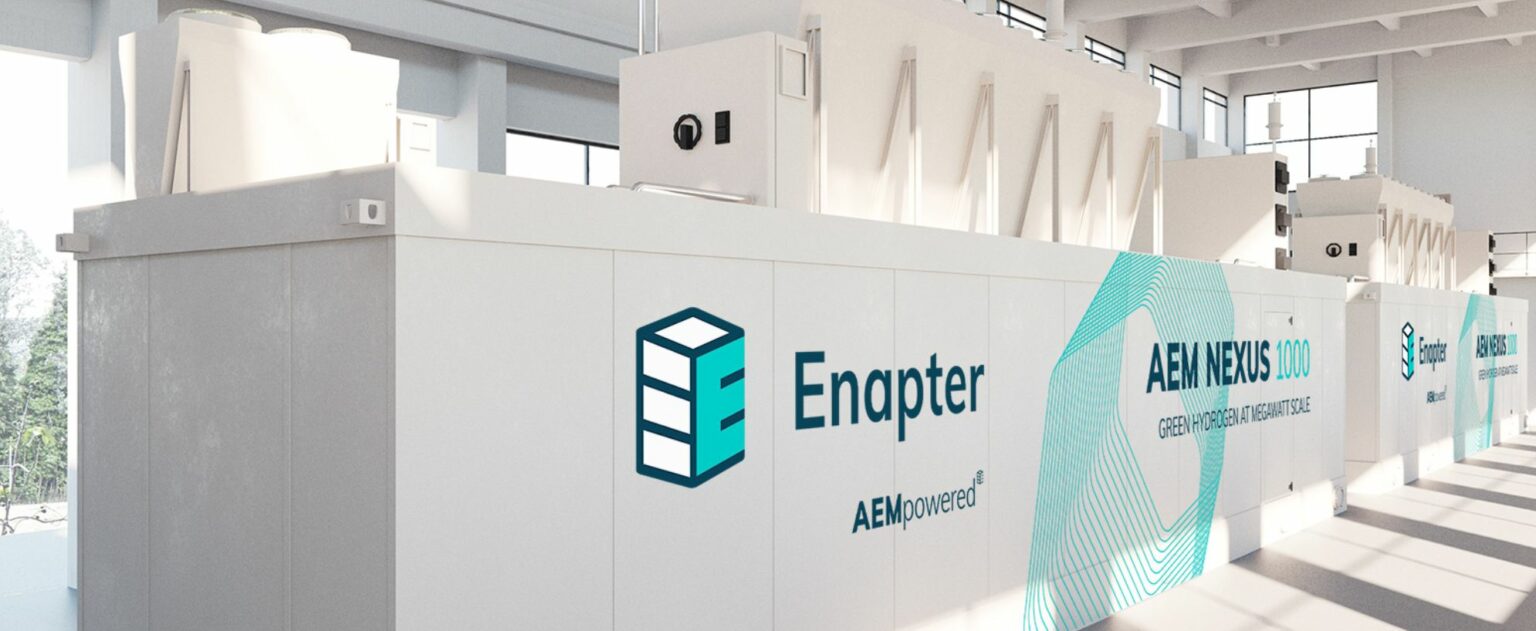Enapter has entered a new phase by integrating battery systems with hydrogen production. This move is intended to enhance efficiency and reliability in hydrogen generation. However, significant challenges remain in optimizing these technologies for broader application.
Recent reports suggest Enapter’s integration aims to stabilize renewable energy inputs and ensure consistent hydrogen production. Battery storage is essential for balancing the intermittent nature of renewable energy sources like solar and wind. By coupling batteries with electrolyzers, Enapter aspires to build a more resilient hydrogen production process, offsetting fluctuations in renewable energy supply that can disrupt hydrogen generation.
Despite these advancements, the hydrogen industry still grapples with high production costs and scalability issues. According to the International Energy Agency (IEA), reducing the cost of green hydrogen is critical in boosting its adoption. The IEA notes that to make green hydrogen competitive, its production cost must drop to around $1.50 per kilogram, a significant reduction from current levels, which hover around $4 to $6 per kilogram. Here lies the crux of Enapter’s challenge: to refine their integrated systems to lower expenses without sacrificing efficiency.
Moreover, infrastructure remains a hurdle. The widespread adoption of hydrogen technology necessitates substantial investment in distribution and storage facilities. Current infrastructure is primarily tailored towards fossil fuels, making the transition both capital and resource-intensive. In this context, Enapter’s strategy could serve as a template for future developments, aiming at overcoming the infrastructural bottlenecks through modular and scalable systems.
The analysis of recent market data underscores a clear trend: countries are investing heavily in hydrogen projects. Prior to 2023, Europe alone announced investment plans exceeding €400 billion across various hydrogen initiatives. However, market penetration is slow due to the lengthy regulatory approval processes and technological adaptations required.
Enapter’s expansion signifies a significant step within the industry’s broader narrative of achieving efficiency and cost reductions. Yet, the journey is fraught with obstacles that necessitate concerted efforts from industry players, policymakers, and innovators. Collaboration across sectors could potentially expedite technological advancements, drive down costs, and establish a conducive regulatory environment.
For the hydrogen industry to thrive, it must overcome the barriers of cost, infrastructure, and market readiness. Enapter’s integration of batteries with hydrogen production offers a glimpse of a potentially effective solution, but it is only one piece of a complex puzzle. Continued focus on research, investment, and government support will be crucial in transforming hydrogen from a niche energy source to a mainstream player in the global energy landscape.





